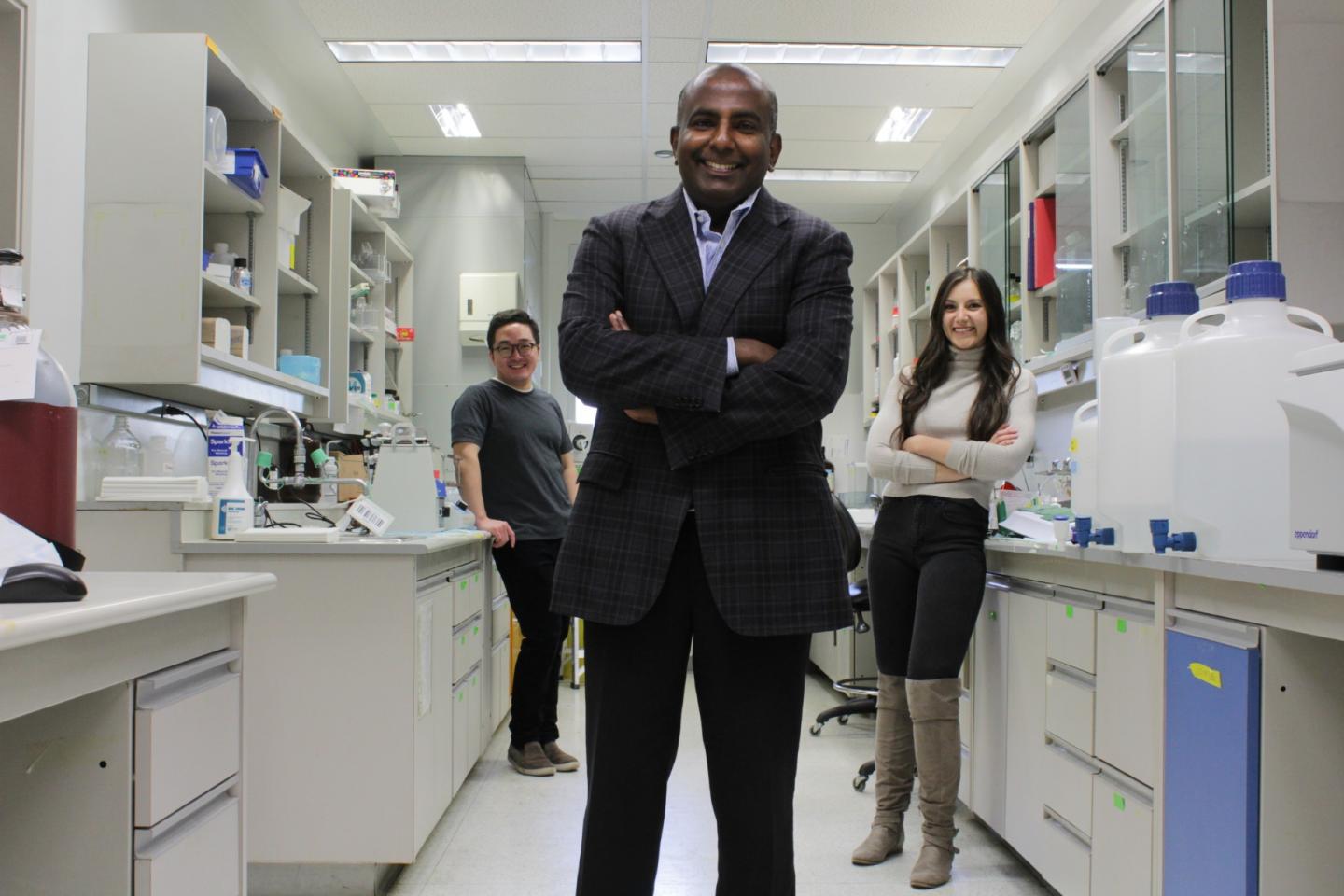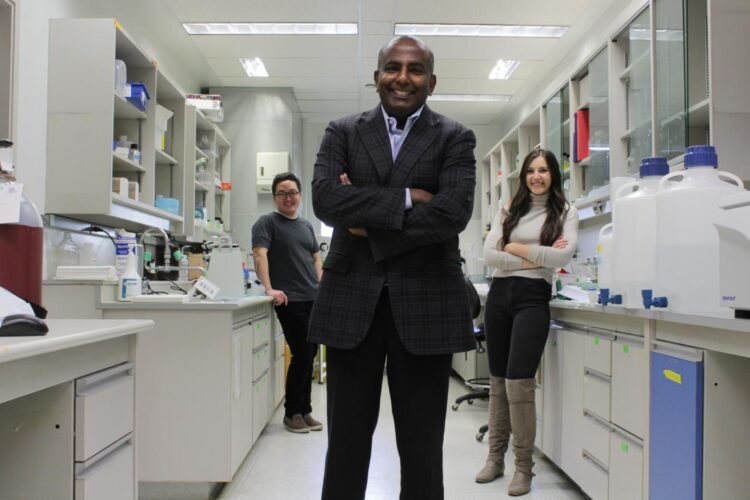University of Alberta cardiology team uses cutting-edge techniques to profile individual cells and genes in six regions of the heart

Credit: Ryan O’Byrne
Scientists have for the first time documented all of the different cell types and genes expressed in the healthy human heart, in new research published in the journal Nature.
Cardiologists from the Mazankowski Alberta Heart Institute at the University of Alberta joined teams from Cambridge, Boston and Berlin to use state-of-the-art analytical techniques to sequence the ribonucleic acids (RNA) in nine types of single cells from six regions of the heart.
“Now we have a single-cell atlas of the normal human heart, including cellular composition and gene expression,” said Gavin Oudit, professor in the Faculty of Medicine & Dentistry, Canada Research Chair in Heart Failure, and director of the Mazankowski’s Heart Function Clinic and its Human Explanted Heart Program.
Oudit said this is the first step toward understanding heart disease and developing new targeted treatments to stop it.
“What we are working on now is to see how the cell types and gene expression are changed in patients with genetic cardiomyopathies–a significant cause of end-stage heart failure and sudden cardiac death,” he said.
Next, researchers will be able to select specific mutations as treatment targets. “We want to correct those mutations, either with drugs or gene therapy, and start to reverse cardiomyopathies, ideally at an early stage,” Oudit said.
The Edmonton team helped the international consortium to isolate single cells and code the gene expressions from seven male and seven female healthy donor hearts.
“This technique is truly remarkable,” Oudit said. “Rather than grinding up a piece of heart tissue and losing the cellular composition, this allows us to track the gene expression of every single cell.”
The U of A research was funded by the Canadian Institutes of Health Research, Alberta Innovates and the University Hospital Foundation.
Oudit said the research could not have happened without the integrated team of transplant co-ordinators, cardiologists and cardiac surgeons working together in Canada’s largest research-integrated human heart transplant program at the Mazankowski Alberta Heart Institute.
“The dedication and efforts of our trainees over the past decade have been invaluable, including our current PhD trainees, Hao Zhang and Anissa Viveiros,” Oudit said.
“We have a wonderful clinical program which is also a fabulous research tool, and it will ultimately influence patient care and our approaches to treating heart disease.”
###
Media Contact
Ross Neitz
[email protected]
Original Source
https:/
Related Journal Article
http://dx.





